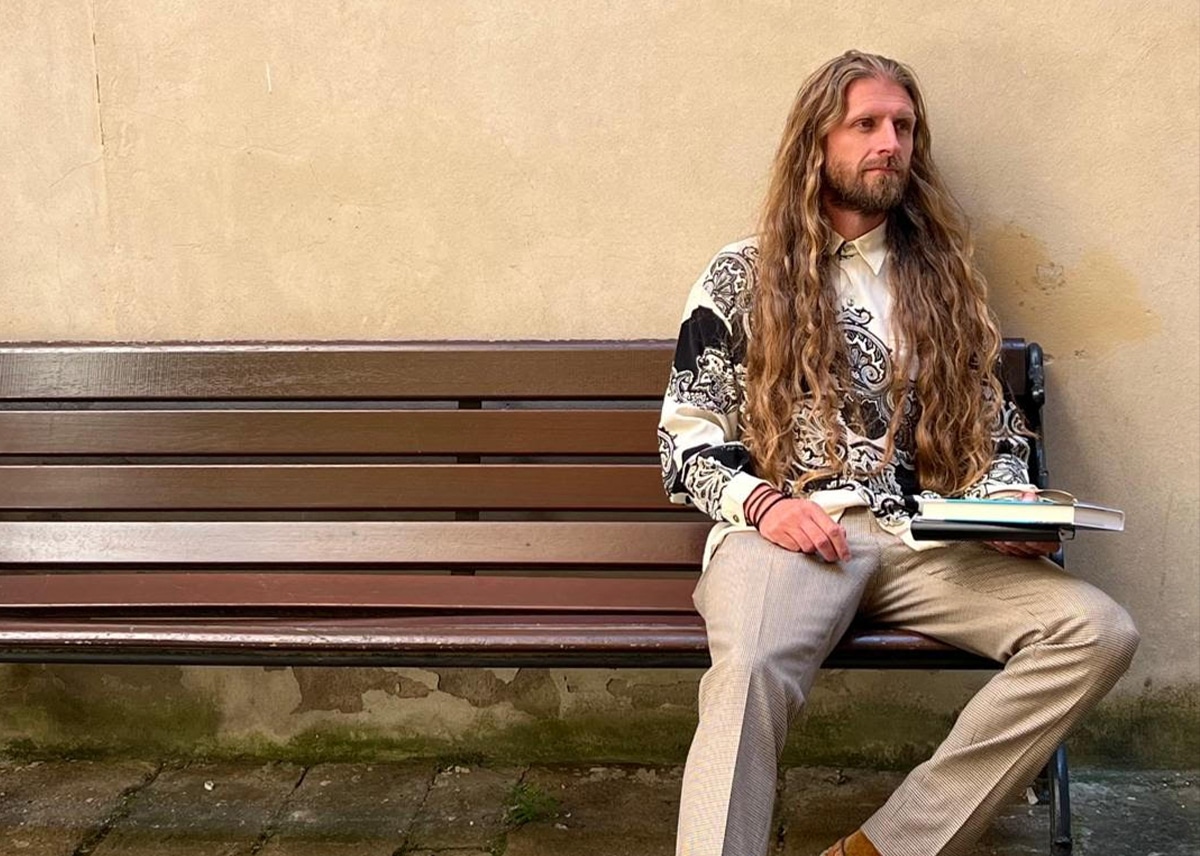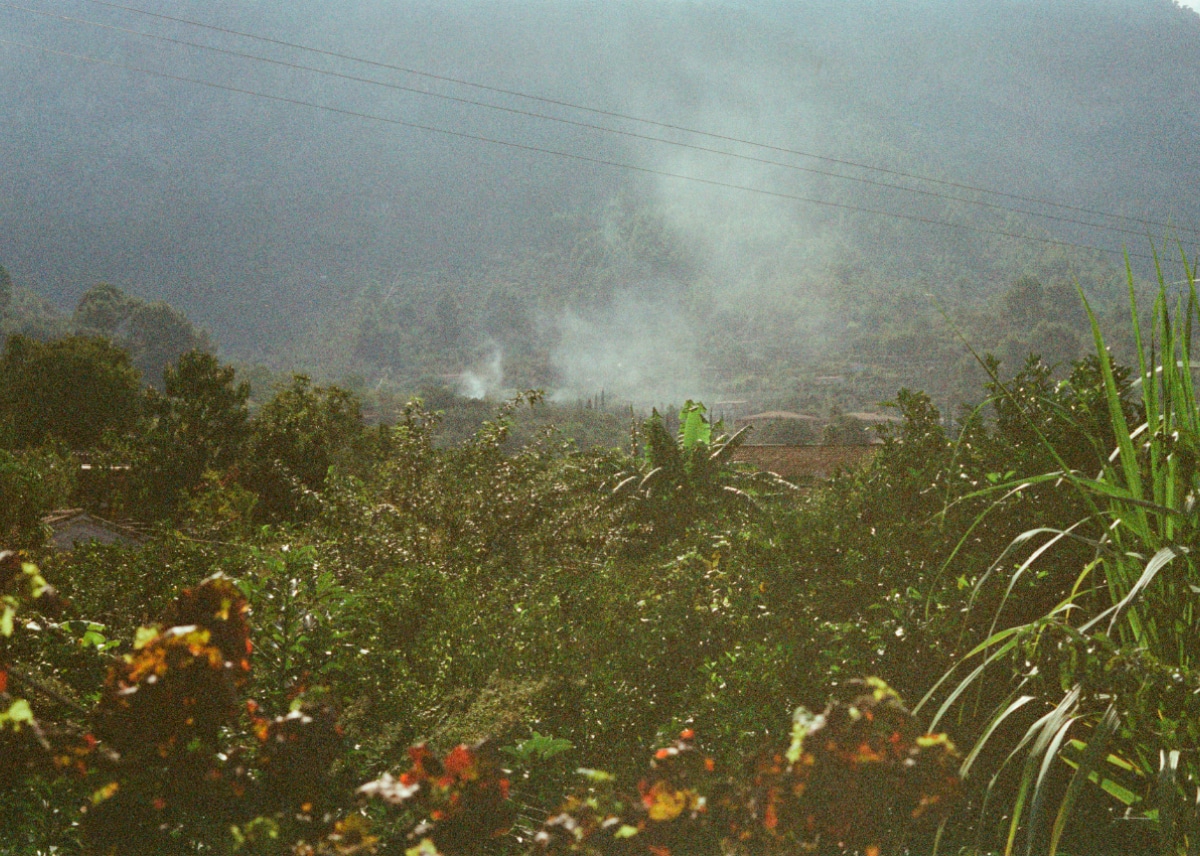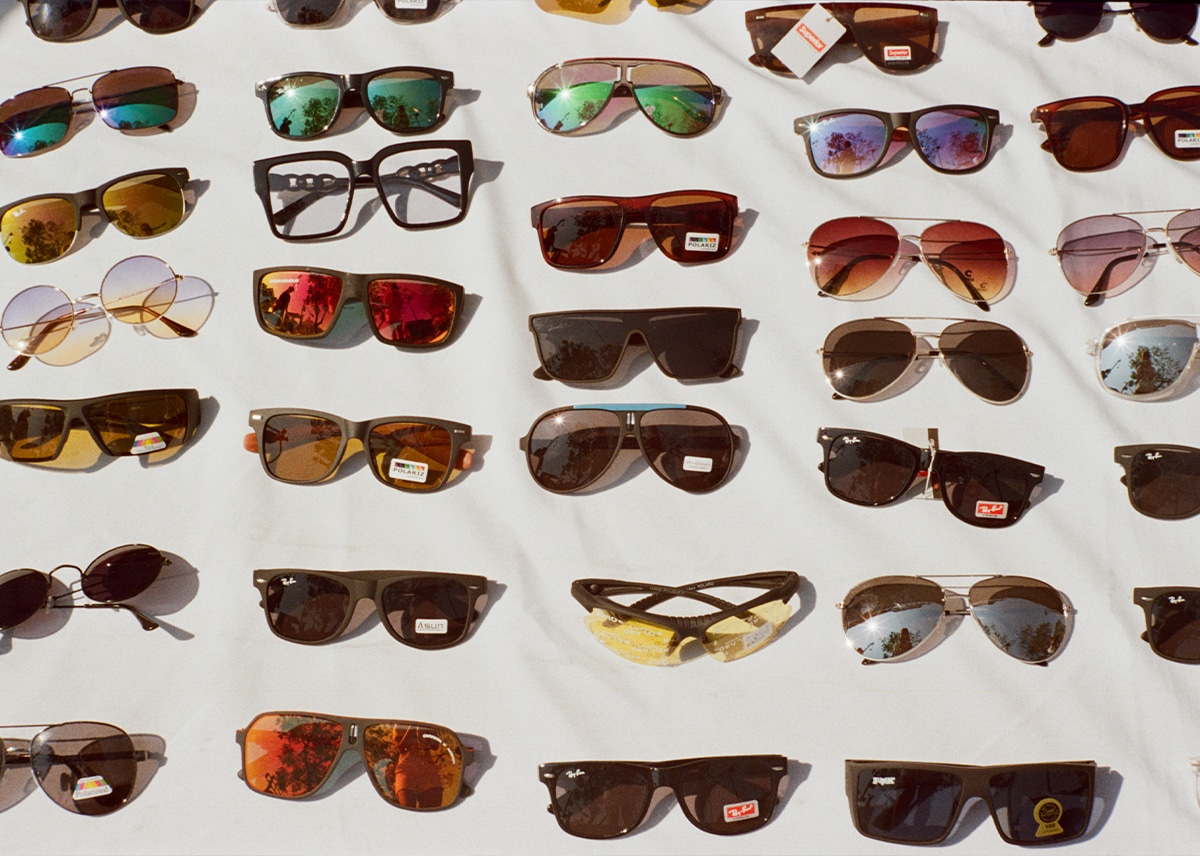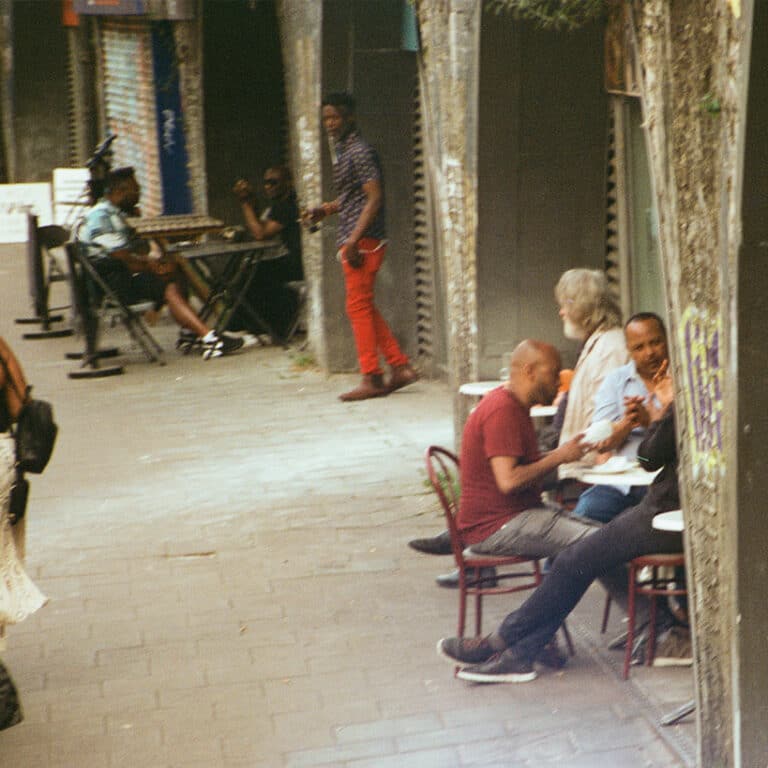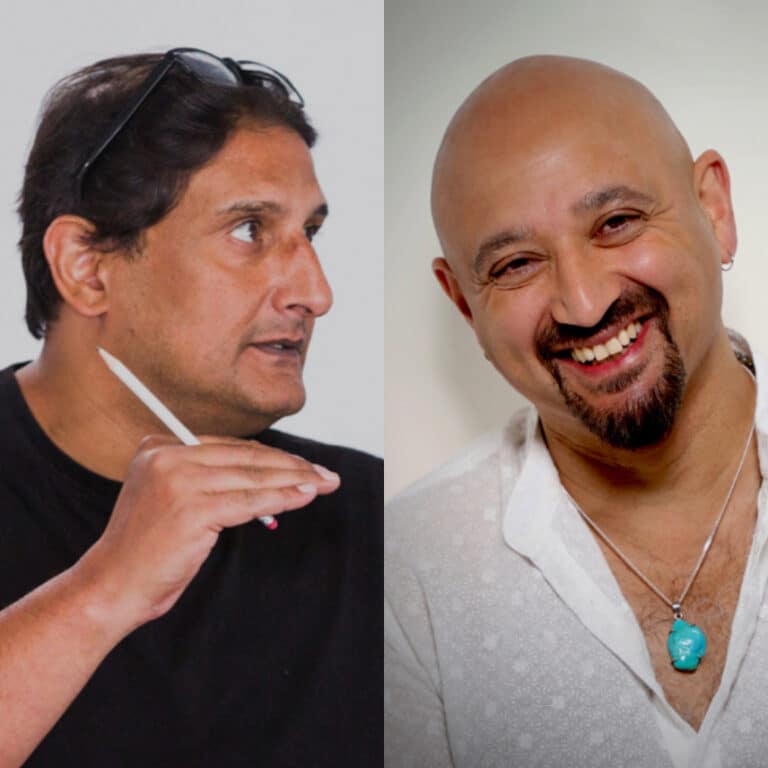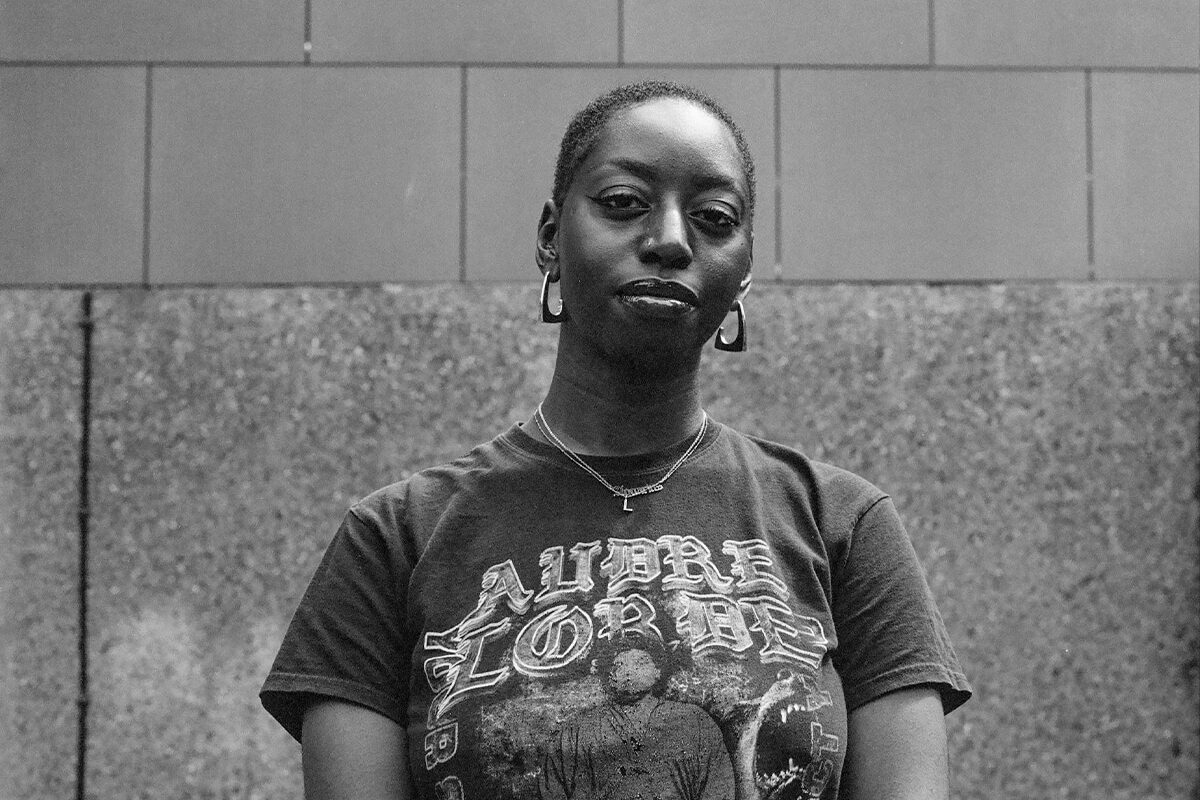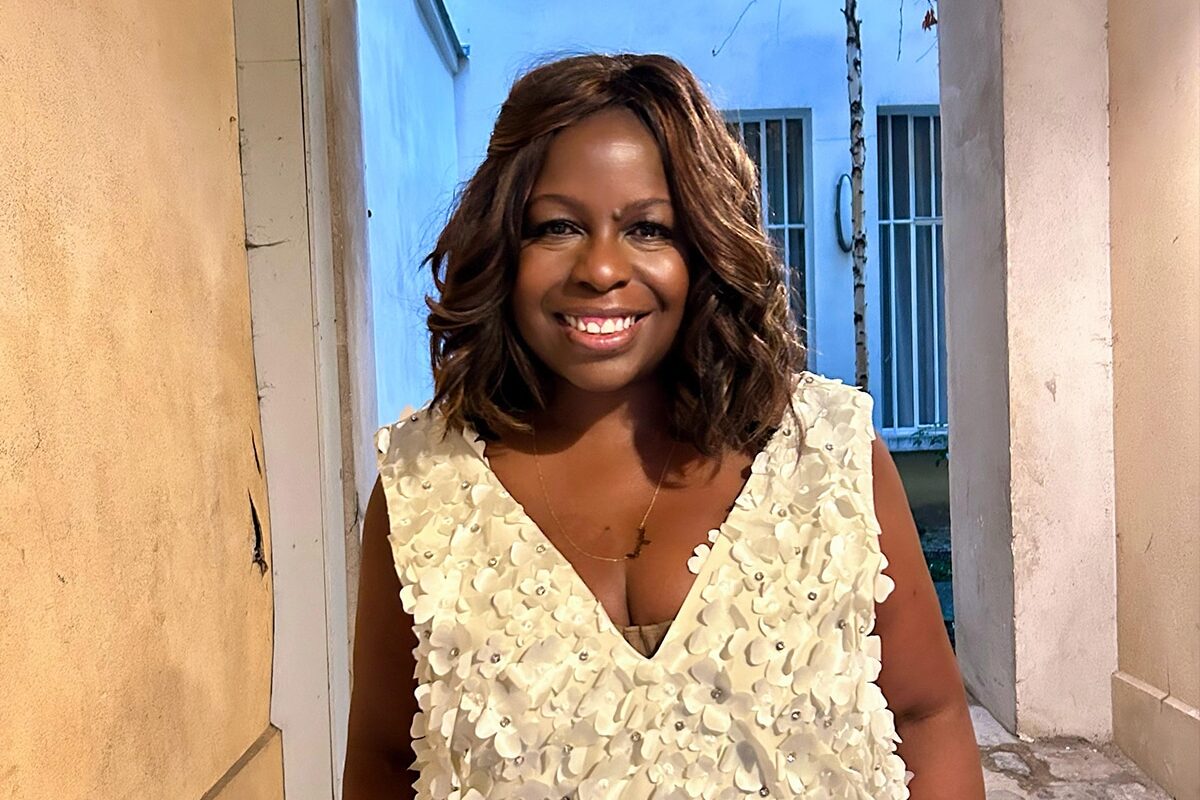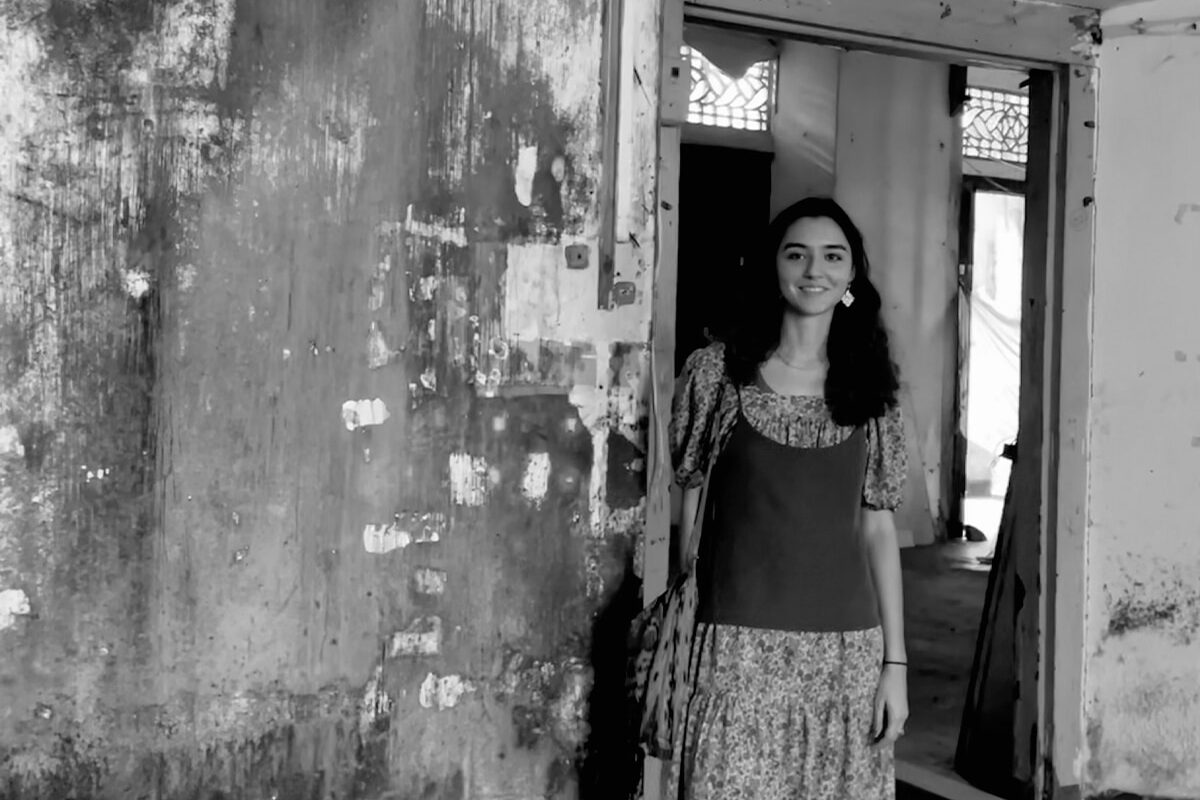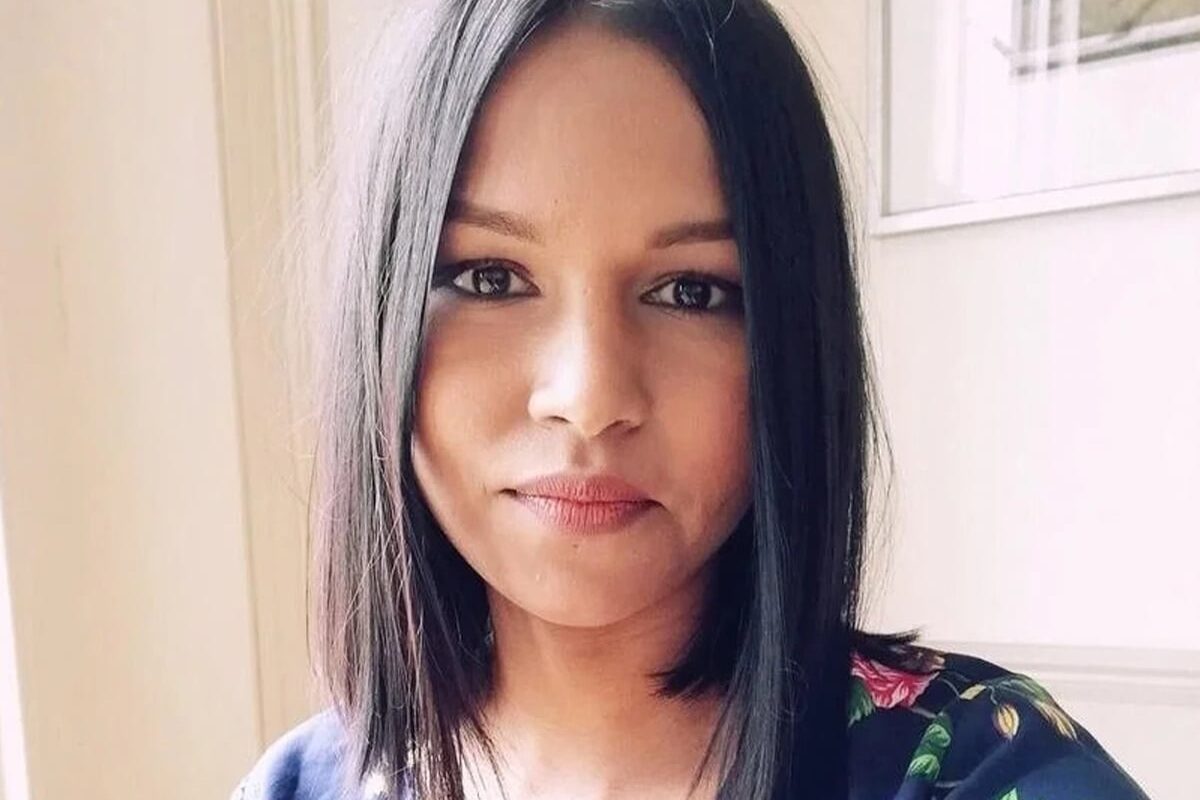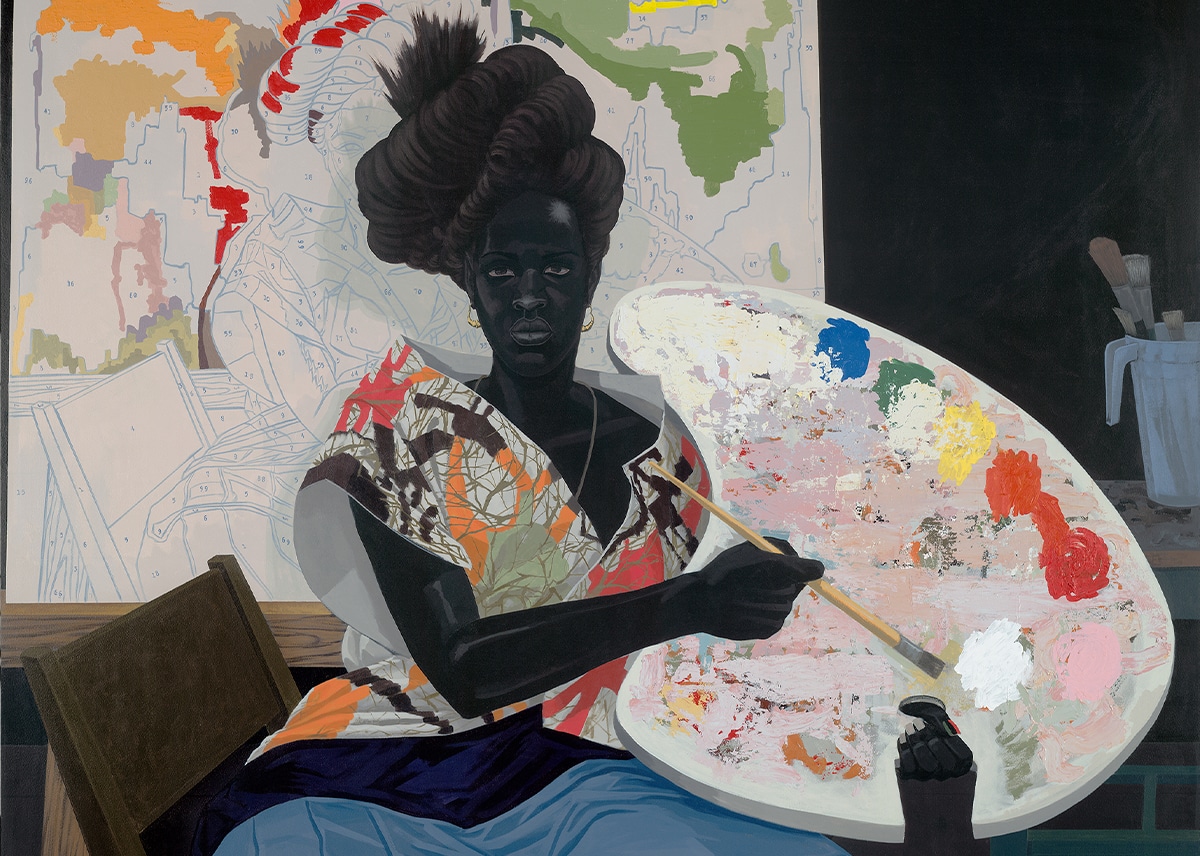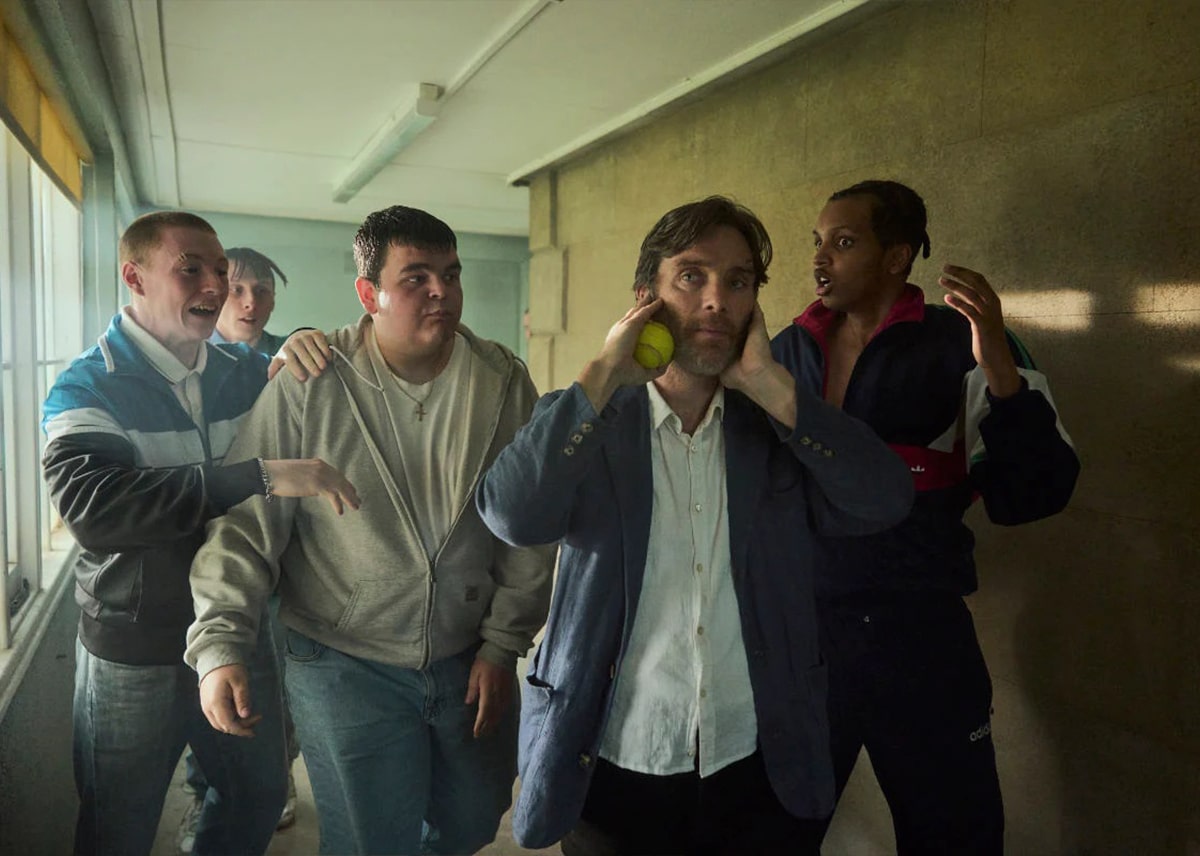Anna Freud at the Freud Museum
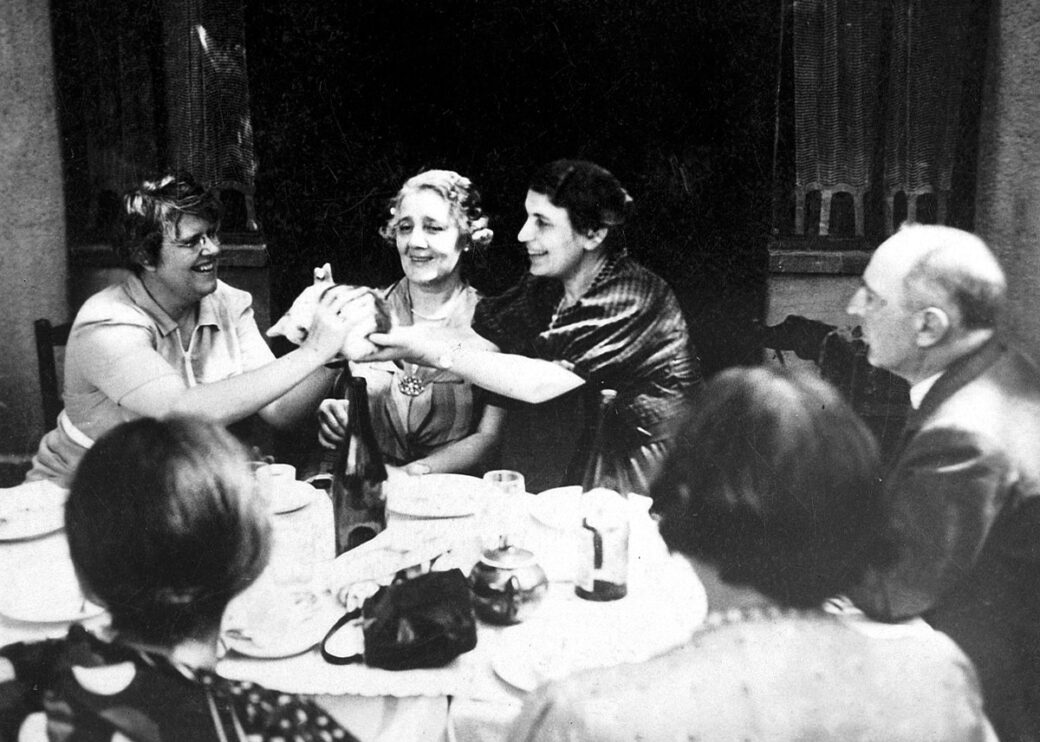
History is rarely kind to those who live in the shadow of a towering figure. Anna Freud’s contribution to psychoanalysis, however, has altered the landscape of our understanding of human psychology in ways both profound and lasting.
I experienced episodes of deep emotional and psychosomatic turmoil in my twenties and I was fortunate enough to receive clinical and psychological support from a remarkable analyst by the name of George Engel. Dr Engel was also a medical practitioner who could administer neurochemical medication to his patients, in combination with cognitive therapy, which in his case was steeped in the Freudian tradition. I was largely unaware of Freud’s work at the time, except for the popular depictions of Woody Allen’s iconic characters in films like Stardust Memories or Deconstructing Harry. I came back to Freud years later, largely through the revival of interest in Carl Jung’s work – Freud’s most famous student – through popular New Age books such as The Secret by Rhonda Byrne.
I discovered Anna Freud while reading a short biography of Freud entitled Brief Lives (2011) written by David Carter, a lecturer at St Andrews University. I was quite surprised to discover that her pioneering work with children, as a clinician and theorist, had transformed the discipline and practice of child psychology, and that over the course of her extraordinary career, she had developed an independent voice – cautious but exacting, unabated in its clarity. Anna Freud is best understood not only through her presence in the Freud Museum in Maresfield Gardens, Hampstead, which she preserved as her father’s final home, but also as the quiet daughter who stood in her own right at the forefront of twentieth-century psychology.
According to David Carter, the matter of the Freud family leaving Vienna for London was a dramatic episode that involved Marie Bonaparte (the great grand niece of the Emperor), American President Franklin Delano Roosevelt and a wealthy English aristocrat, Ms Dorothy Burlingham. Heinrich Himmler had personally decided to imprison all of the analysts residing in Vienna, and Freud and his family narrowly escaped this dire fate by a hair’s breadth.
When I visited the Freud Museum recently, my eye was first drawn to Sigmund’s study: the famous couch, the Egyptian antiquities, the walls dense with scholarship. I had been introduced to Dr Engel by my best friend David’s dad, Peter, who was an immunologist. I lived in Davids’ house during my twenties, and they had a room that they affectionately called Le Salon Marocain (the Moroccan lounge), which had couches that looked exactly like the red couch in the Museum.
Amidst the glass cabinets, a set of Chinese and Egyptian, chess-like pieces set on Freud’s desk caught my attention, alongside his famous round glasses. From this intimate display of family memorabilia, set among family portraits, Anna Freud’s likeness emerges like an afterimage: a photograph of her as a child revealing a gaze both wary and intent. Another photograph, placed more prominently in an upstairs room, depicts her as a confident woman in her later years beside Dorothy Burlingham, her lifelong collaborator. Her photographs with Burlingham radiate a coded intimacy, a quiet assertion of self-affirmation against the weight of patriarchal stone.
These images, though modest in number compared to those of her father, insist on Anna’s enduring presence in the family home. Indeed, the very survival of the Museum is inseparable from Anna Freud: it was she who preserved the house, ensuring it would remain a place dedicated to medical science and scholarship. One senses how the daughter became both curator and subject, maintaining a museum where she herself was on display. Here, the visitor encounters not only the history of psychoanalysis but also the legacy of a carefully curated stage set, where Anna Freud’s image is both witness and warden, with her personal library and publications featured in the museum.
I feel a huge debt of gratitude to Anna Freud for her pioneering work, which enabled me to find Dr Engel when I needed help. We now live in a world where mental health in childhood and adolescence is increasingly acknowledged in public discourse, and where open conversations about this topic have acquired a new urgency. Today’s childhood unfolds against glowing screens, relentless schedules, and surveillance disguised as care. Children and young adults suffer their own forms of conflict, fashion their own defences, create their own fragile fortresses. Anna Freud’s insistence that children are not miniature adults sounds less like theory and more like a survival code for an overstimulated generation.
Thanks to Anna’s work, I can appreciate how, in a culture where childhood is caught between therapeutic jargon and relentless pressures, we need to be reminded that every tantrum or silence conceals a hidden message: pain, fear, hope, resistance. Modern readers, parents and clinicians will find in her work a prescient recognition of the complex inner lives of children – an awareness that resonates strongly in a culture which is now more aware of the realities of early childhood trauma and the difficulty of shaping one’s identity, set against the collapsing architectures of family and obsolete societal norms.
When I recently watched the Netflix show Adolescence, I was disappointed by what I believe to be our contemporary culture’s obsession with diagnostic codes and clinical taxonomies that reduce children and young adults to data points. Returning to Anna Freud’s writing now, against this sterile backdrop, asks us to re-imagine children not as algorithms but as enigmatic beings, improvising defences against worlds too vast for them to contain. In an age where mechanised categories and pharmaceutical interventions often dominate, Anna Freud’s perspective restores the human dimension: the child not as a case file, but as a unique person struggling to master inner conflicts. As a young adult, I was engulfed in a deep sense of dissociation, from others and self, which offered no entry point to establishing a sense of personal identity. I think that the character in the Netflix show fundamentally suffers from the same type of dissociative neurosis. By contrast, in Anna’s writing, the individual emerges as an organism adapting to invisible catastrophes – each case study less a diagnosis than a cautionary tale. Her work stands as both critique and guide: empathy sharpened by analytic discipline. It continues to challenge us to view education, therapy, and even parenting through a thoughtful lens informed by analytic insight.
Anna Freud’s presence at the Freud Museum is spectral yet insistent, with her photographs staging a dialogue between silence and survival. Her careful guardianship of her father’s study whispers that psychoanalysis was never the achievement of a single man but of a family and a tradition. With her clinical brilliance, she transformed trauma into knowledge, childhood defences into maps of endurance. Anna’s legacy lies not only in her defence of her father’s reputation, but in her defence of the child as a person to be heard, understood, and protected.
As I walked past the garden’s red roses, past the impeccably trimmed hedges of Maresfield Gardens, I could feel Anna’s voice still resonating in me: firm, resolute, compassionate, and attuned to the defences and vulnerabilities of the young. As a seminal psychologist, she was an unflinching witness to the lifelong struggle of the human psyche between order and chaos, tenderness and violence. The impact of her work insists that our understanding of childhood is also our own mirror, reflecting the fragility of the adult world that surrounds us.
The lorry
'What if it was a phantom lorry, and my grandfather, who always showed an interest in my writing, had driven it here from the afterlife to make sure I was hitting my targets every day?'
The rainy day has come
What are Caribbean nations owed with the rise of extreme weather events?
The seven lamps of writing
I write because I am, and I write because I am not
The Jollof House Party Opera
A joyful, multisensory feast that immerses audiences as active participants in a bustling restaurant kitchen
Kerry James Marshall: The Histories
Kerry James Marshall's paintings at the Royal Academy of Arts preserve the enigma of African Americans whilst humanising them
Steve
The film adaptation of Max Porter's novella Shy is not a story about middle-class adults rescuing troubled youth; the grown-ups aren’t okay

Preaching
'Preaching': A new poem by the T.S.Eliot Prize-winning poet Roger Robinson, from his forthcoming New and Selected Poems (Bloomsbury in 2026).

Walking in the Wake
Walking in the Wake was produced for the Estuary Festival (2021) in collaboration with Elsa James, Dubmorphology and Michael McMillan who meditates on the River Thames as we follow black pilgrims traversing sites of Empire.

Illuminating, in-depth conversations between writers.
SpotifyApple Podcasts
Amazon Music
YouTube
Other apps

The series that tells the true-life stories of migration to the UK.
SpotifyApple Podcasts
Amazon Music
YouTube
Other apps


